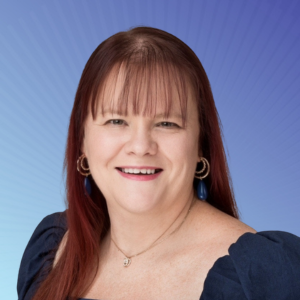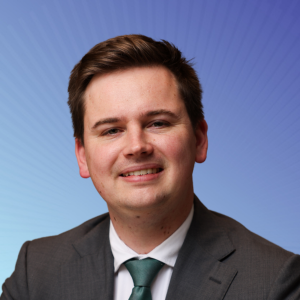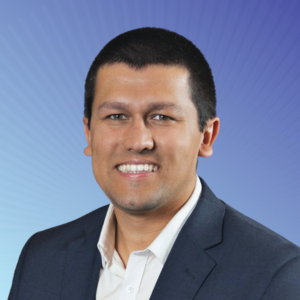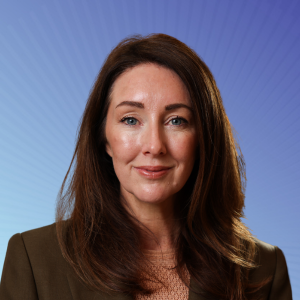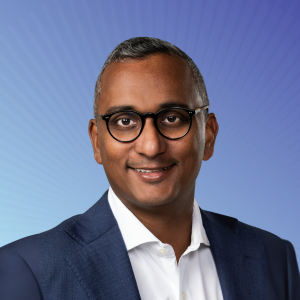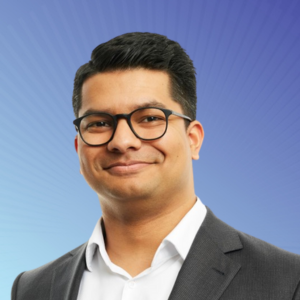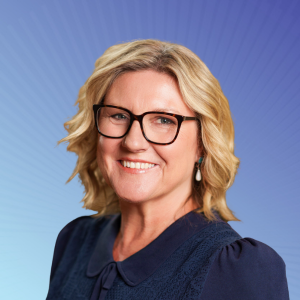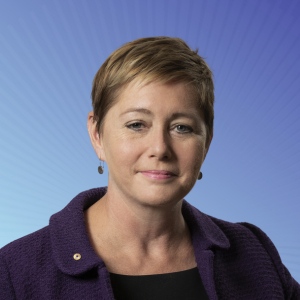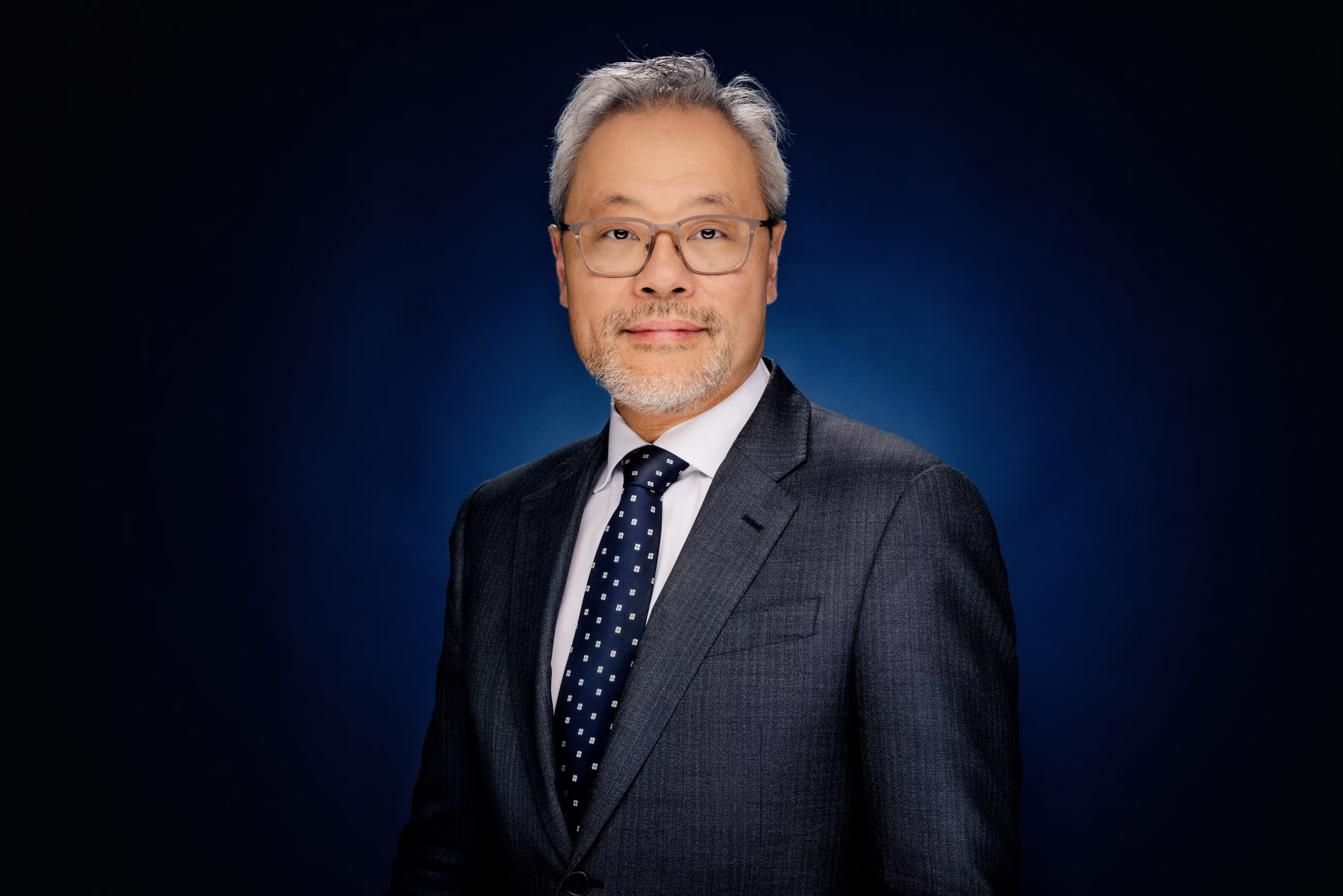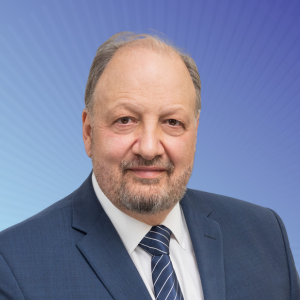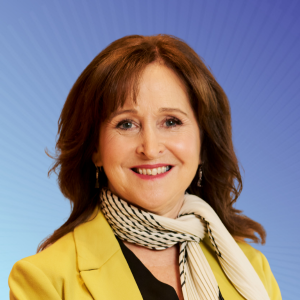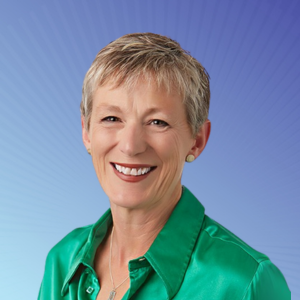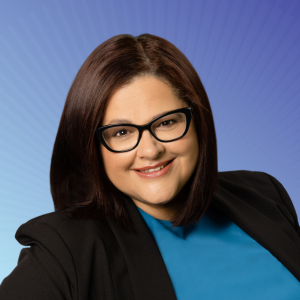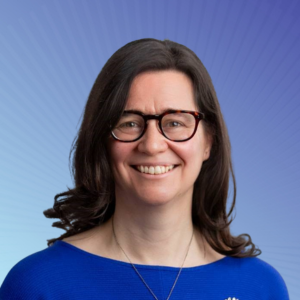Innovation is commonly mischaracterised. The Oxford English dictionary defines innovation as “to make changes in something established, especially by introducing new methods, ideas, or products.” When we talk about innovation, we are talking about more than just rolling out new software or revamping business processes. Innovation—done right—embraces creativity and originality to address a problem or exploit an opportunity.
Given this, it can be argued that superannuation is, in fact, quite innovative. In recent years there have been several significant innovations in the industry: SuperStream, the introduction of a wide range of new retirement products, as well as numerous instances of digitisation of the member interface.
And the industry continues to innovate. There are many examples of collaboration between service providers and funds that are seeking to improve the efficiency and effectiveness of administration, member interfaces and outcomes.
So why isn’t the superannuation industry more comfortable with describing itself as innovative? One possible explanation is a perception among funds that innovation means risk and that risk is inherently bad. Another is that the incremental nature of innovation is not well understood. Whatever the reason, there’s a strong case for funds to embrace the current wave of innovation and continue to prioritise it, implementing business models to facilitate and control it.
Why should super funds continue to innovate?
Rising operating costs, regulatory changes, increased focus on member engagement, and advances in technology are all impacting the superannuation industry. Innovation is a necessary response for funds to remain competitive, improve operational efficiencies, and increase member acquisition and retention.
A 2019 survey by IQ Group of the top 50 superannuation funds found that—although all of the surveyed funds have a website and 98 per cent of funds provide members access to their accounts online—only 48 per cent of funds provide a mobile app for members. IQ Group also surveyed members from a variety of funds who reported that they usually used laptops or desktops for more complex tasks relating to super as their fund’s website was unsuited to mobile browsers.
Traditionally funds have been primarily compelled to innovate as a result of external forces. Regulation has historically been among the most, if not the most, significant drivers of change. Recently, another external force—a global pandemic—has highlighted opportunities for superannuation funds to place a greater focus on innovation.
What is challenging innovation in superannuation?
Many funds rely on legacy systems which often reduces their ability to take advantage of technological innovations. Upgrading or replacing long standing core systems is expensive and presents its own risks, leaving many funds more likely to remain set in their ways.
It was widely acknowledged throughout the Discussion Group that legacy systems have failed during this pandemic, particularly in areas such as member engagement and communications. One approach to manage legacy systems is to adopt a two speed architecture, characterised by what McKinsey refer to as a “fast-speed, customer-centric front end running alongside a slow-speed, transaction-focused legacy back end”. This concept allows enterprises to continue their core functions while keeping up with increasing digital demands—gradually migrating legacy components to more modern systems.
It was suggested that perhaps we should be talking more about ‘legacy thinking’, rather than legacy systems, with innovation described as “not only about technology but, more importantly, about business model and approach.” Start-up superannuation funds in particular are exploring new ways to engage with members. Alternative approaches abound, such as focusing on particular investment strategies (for example sustainable investments, tech companies), or specific demographics (such as millennials, the self-employed). Instead of casting aspersions on them, funds should be engaging with these new entrants to learn more about their business models.
Outsourcing functions such as administration and advice can also make innovation difficult. When third party providers own core systems, making changes to those systems can become more difficult. Jonathan Steffanoni and Michael Quinn of QMV Solutions gave a presentation exploring innovative alternatives to administration operating models.
It’s also important to note that “doing innovation” well requires a certain organisational capability. It was suggested that innovation necessitates ongoing development of culture and human capital, as well as continuous refinement of the use of tools and associated processes.
What has the impact of the pandemic been on innovation?
The superannuation industry has been at the forefront of the Australian Government’s pandemic response, with the ATO expanding the criteria under which members are eligible for early release of funds. APRA has reported that as of 21 June 2020, 117 superannuation funds have handed out $17.1 billion in funds to 2.3 million applicants — an average of $7,492 per member.
Superannuation funds have had to quickly implement and invest in digital infrastructure to accommodate the remote working operational model as part of social distancing requirements. Those funds with more modern technology infrastructure have been better able to respond to the challenges of the pandemic.
It had been mentioned in a previous Discussion Group that some funds do not provide staff laptops. How those funds might be faring today was pondered, compared to others with established technology infrastructure that enables flexibility of working arrangements. Other fund representatives noted that digital transformation initiatives that had previously been on hold had suddenly become a priority.
Innovation and digital transformation ahead
The pandemic has provided super funds with a number of innovation opportunities and problems to overcome. Going forward, innovation is expected to be a higher priority, in areas such as digital transformation and remote working capabilities, fraud and identity issues, keeping pace with an overall shift in attitude and culture.
Now that funds have the technology and working models in place to allow their teams to function remotely during COVID-19, will they continue to do so? Many now predict remote working will become commonplace in the superannuation industry. It was mentioned that online meetings work well for teams that are already tight knit, but challenges lie in developing and maintaining teams where one or more members are working remotely. Optimising and coordinating physical time with the team when in the office will be key; by scheduling ‘’in office’’ days, for example.
The pandemic has also highlighted the challenges of interoperability, and opportunities presented by cloud computing. Scalability, availability, and ease of integration have been important in allowing staff the ability to access business systems from home. Funds have historically been wary of the cloud, with data sovereignty issues associated with hosting member data on cloud infrastructure causing particular anxiety. These issues have largely been resolved—from a legal and regulatory standpoint at least—with the COVIDSafe app demonstrating the Government’s comfort in hosting Australian citizens’ sensitive data via Amazon Web Services (AWS).
Some of the ways suggested to combat fraud in this situation include identity solutions based on blockchain and similar technologies, and implementing fraud detection using artificial intelligence and
machine learning. The latter needs high-quality, usable data to be viable.
Innovation, research and development the way of the future
The transformations that have occurred as part of the world’s response to the pandemic have given superannuation funds permission—so to speak—to explore different approaches and commit to greater research and development.
Some funds are beginning to look at innovation by performing data science experiments. These could be further developed and expanded by establishing ‘’innovation labs’’ to investigate whether value exists for the organisation as a whole. This sort of approach has been adopted successfully in many other corporate environments. Collective Campus noted in their report “Top 7 Innovation Labs in Australia,” organisations such as CommBank, Telstra and KPMG are currently running successful innovations labs. In 2018, NAB almost doubled its investment in its own innovation lab workforce as the resulting enhancement of customer experience is priceless. With the pandemic shifting attitudes towards innovation within the superannuation industry, get ready to see an increase in research and development as funds follow suit.





